Creating Jobs in Canada
The Canada eZine - Employment
This Website is Best Viewed Using Firefox
A Guide to Eliminating Unemployment
and Poverty in Canada


There are 17.95 million people in Canada's labour force. Basically thats anyone between the age of 18 and 65 who is healthy, not physically disabled, not a stay-at-home-mother and available to work. If you count teenagers available to do part time jobs you can add another 3 million to Canada's available work force.
Of that work force 2.1% of Canadians work in agriculture, 28.8% work in manufacturing / mining / construction industry and 69.1% work in the service industry (2007 statistics). Manufacturing/agriculture are the backbone of the Canadian economy. They build our houses, put food on the table, build our furniture, our cars and all the products we need that are made in Canada.
Of the people eligible to work, 6% of the working population is unemployed. In other words 1.08 million Canadians are currently looking for work. That is pretty low compared to some countries, but it could be better.
In theory, if a government wants to do a series of large public works projects (such as building a network of highways, new bridges, schools, universities, the Hoover dam, etc.) they can boost job growth quite easily. All they need to do is take the budget surplus and use that money to hire unemployed Canadians to do a public works project. Whats better you deliberately hire young Canadians with NO experience whatsover and help them build their resume.
At an average of $15/hour for 40 hours a week times 52 weeks you're looking at $31,200. That is a pretty good job to give a young Canadian who is just starting out with zero experience. Some of the jobs might pay more or less depending on the experience or lack or experience required and whether they are office jobs.
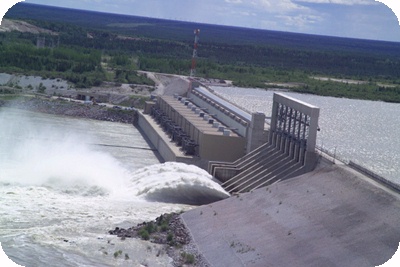
And don't forget for every Canadian hired that Canadian goes out and spends that money, creating work for other Canadians to do. For every industry job in Canada there are 2.3 service jobs. Create 300,000 public sector jobs and the economy will be boosted so much that the private sector will hire 690,000 more too thanks to cyclical economics. (You will note that when you add those numbers together its 990,000 jobs, close to the 1.08 million of Canadians looking for work.)
So in theory if the government wanted to wipe out the unemployment rate completely 300,000 public sector industry jobs would do the trick. It would cost $9.36 billion dollars/year to create that many jobs, but here's the trick:
#1. Those 300,000 new employees would still be paying 15% income tax.
The government would get back $1.404 billion in income tax revenues.
#2. The boosted economy and approx. 690,000 new service industry employees would also be paying 15% income tax.
The government would get back an estimated $3 billion in income tax revenues.
#3. Assuming the average new employee (both public and private sector) spends $12,000 on rent or mortgage payments, after paying incomes taxes/EI/CPP that leaves approx. $13,000 left to be spent on food, clothes, electronics, etc. which means they're paying 5% GST too.
$13,000 x 990,000 people x 5% GST means the government gets back $643.5 million in tax revenues.
#4. Also, again assuming the average employee spends $12,000 on rent or mortgage payments that means Canadian landlords/banks end up getting a lot of cash too. The landlords pay their 15%+ income taxes and they go out and buy things too... and for the banks there is also corporate taxes. The government will get approx. 20% of every dollar that goes through the banks or landlords.
$12,000 x 990,000 people x 20% means the government will get back approx. $2.376 billion.
Granted, this doesn't include the private sector corporate taxes that the government will enjoy when the economy is boosted dramatically (and those numbers will be in the billions), but if you add up the numbers this results to the government getting back approx. $7.42 billion of the original expenditure per year.
The initial $9.36 billion isn't really that much when you think about it. Canada's National Debt is $758.6 billion US and the Canadian GDP in 2007 was $1.43 trillion US. In 2007 Canada had a budget surplus of $13.1 billion US, which is more than enough to hire lots of manpower for public works projects and pay down a chunk of the National Debt. So there's no financial reason why the Canadian government shouldn't do this.

But there are some additional hidden surprises.
#1. The number of Canadians living on welfare would drop dramatically.
#2. The number of people collecting employment insurance cheques would almost disappear.
#3. Child poverty would go down, health care would be better because working people are able to buy better quality food, better dental care, etc.
#4. Canadians would have greater job security, the lowest unemployment rate in the world, etc. which in turn boosts foreign investment in Canada.
#5. Crime would go down because more people would have jobs and not feel desperate for food/money. The judiciary and prison system would save money. The insurance industry would also benefit from less thefts, which means more profits and more taxes in government coffers.
These combined effects would end up simultaenously lowering government expenditures and boost overall government revenue.
The only real trick to this is what is the big public works project or projects that people can work on year after year? Well, we've made a list of projects Canadians can do and divided them up by region:
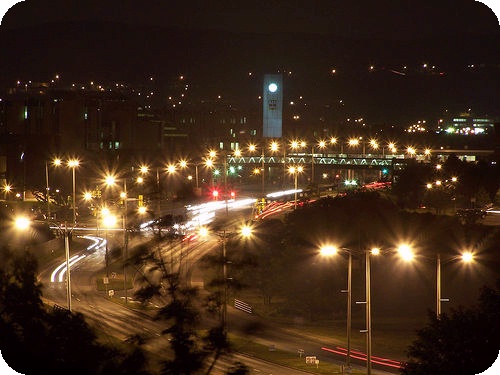
Newfoundland and Labrador
Build/repair roads, highways, bridges, canals and electrical dams.
Build windmills and windfarms to provide renewable energy to isolated regions.
Build museums and art galleries in St. John's using Newfoundland stone.
Build libraries with internet cafes, schools and expand colleges/universities.
Build a better waterfront shopping area in St. John's to accomodate tourists.
Nova Scotia
Build/repair roads, highways, canals, electrical dams and bridges to Cape Breton Island.
Build windmills and windfarms to provide renewable energy to isolated regions.
Build museums and art galleries in Halifax, Yarmouth and Digby.
Build libraries with internet cafes, schools and expand colleges/universities.
Build tidal generators under the Bay of Fundy and in the Northunmberland Strait.
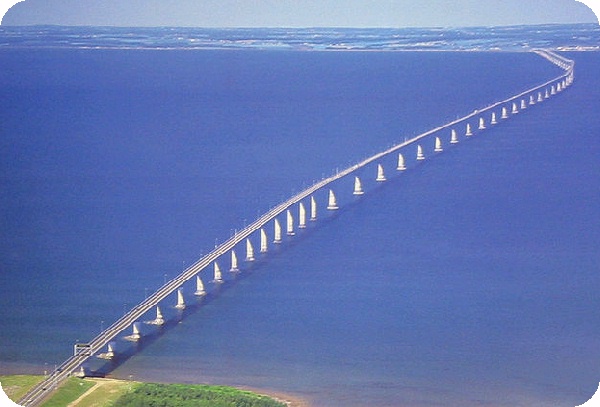
Above: The Confederation Bridge from New Brunswick to Prince Edward Island cost $1.3 billion to build, created over 10,000 jobs over a 4 year period and dramatically boosted PEI/New Brunswick's economies.
Prince Edward Island
Build/repair roads, highways, bridges, canals and electrical dams.
Build windmills and windfarms to provide renewable energy to isolated regions.
Build museums and art galleries in Charlottetown.
Build libraries with internet cafes, schools and expand colleges/universities.
Build stone barricades along the shoreline to prevent erosion by the sea.
New Brunswick
Build/repair roads, highways, bridges, canals and electrical dams.
Build windmills and windfarms to provide renewable energy to isolated regions.
Build museums and art galleries in Moncton and Saint John.
Build libraries with internet cafes, schools and expand colleges/universities.
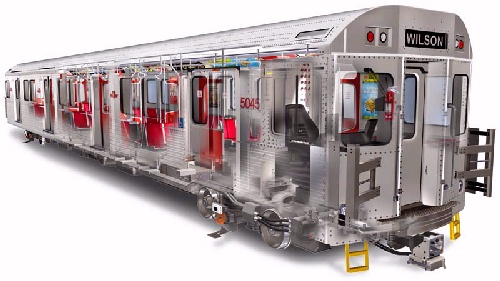
Quebec
Build/repair roads, highways, bridges, canals and electrical dams.
Build windmills and windfarms to provide renewable energy to isolated regions.
Build museums and art galleries.
Build libraries with internet cafes, schools and expand colleges/universities.
Expand Montreal's subway system.
|
|
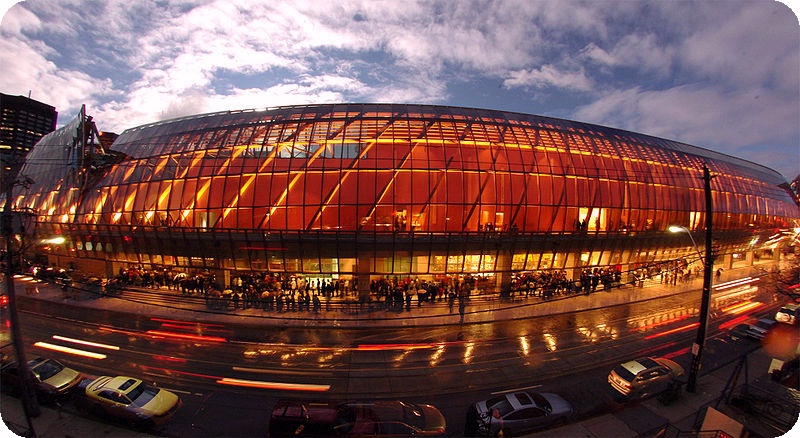
Ontario
Build/repair roads, highways, bridges, canals and electrical dams.
Build windmills and windfarms to provide renewable energy to isolated regions.
Build more subway lines in Toronto.
Build libraries with internet cafes, schools and expand colleges/universities.
Fix Toronto's waterfront and turn it into a tourist attraction.
Build an underwater casino and hotel in Toronto's harbour.
Recycle Canada's waste instead of paying Michigan just to dump it.
Manitoba
Build/repair roads, highways, bridges, canals and electrical dams.
Build windmills and windfarms to provide renewable energy to isolated regions.
Build museums and art galleries.
Build libraries with internet cafes, schools and expand colleges/universities.
Build a fence along Canada's undefended border using Canadian steel, cement and stone.
Build a series of flood gates/dams to prevent flooding of towns and cities.

Saskatchewan
Build/repair roads, highways, bridges, canals and electrical dams.
Build windmills and windfarms to provide renewable energy to isolated regions.
Build museums and art galleries.
Build libraries with internet cafes, schools and expand colleges/universities.
Build a fence along Canada's undefended border using Canadian steel, cement and stone.
Dig wells in regions with a water shortage.
Alberta
Build/repair roads, highways, bridges, canals and electrical dams.
Build windmills and windfarms to provide renewable energy to isolated regions.
Build museums and art galleries.
Build libraries with internet cafes, schools and expand colleges/universities.
Build a fence along Canada's undefended border using Canadian steel, cement and stone.
Build storage facilities to contain/filter the polluted water from the oil sands projects.
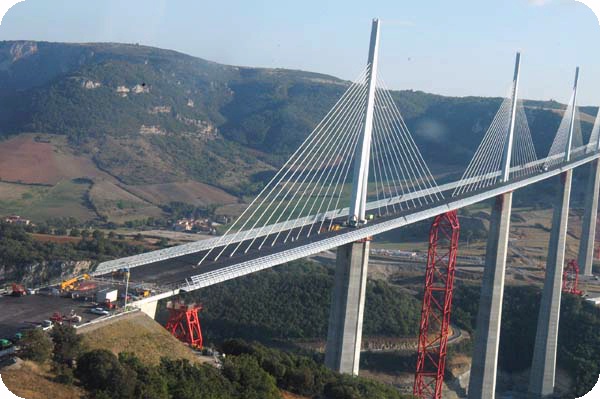
British Columbia
Build/repair roads, highways, bridges, canals and electrical dams.
Build windmills and windfarms to provide renewable energy to isolated regions.
Build museums and art galleries.
Build libraries with internet cafes, schools and expand colleges/universities.
Build an underwater casino and hotel in Vancouver's harbour.
Build a fence along Canada's undefended border using Canadian steel, cement and stone.
Build a series of tunnels, suspension bridges and highways that would allow trucks and trains to transport goods through the Rockies easier/faster.
Yukon, Nunavut and the North West Territories
Build/repair roads, highways, bridges, canals and electrical dams.
Build windmills and windfarms to provide renewable energy to isolated regions.
Build museums and art galleries.
Build libraries with internet cafes, schools and expand colleges/universities.
Build a series of towns, ferries, roads and bridges that stretch all the way to Canada's northern most regions.
Build multiple military bases and naval ports in Canada's north.
Build a series of radar/sonar watch towers along routes likely to be used when the north west passage opens up.
There's really no shortage of public works jobs that should and could be done. So why aren't we doing them? Public works projects have a long history of boosting the economy, lowering the unemployment rate and turning a country into a more efficient well-oiled machine. So if thats the case why isn't the Canadian government doing more?
You can email Stephen Harper, the Prime Minister of Canada at pm@pm.gc.ca and tell him you think Canada needs a new era of public works.
|








